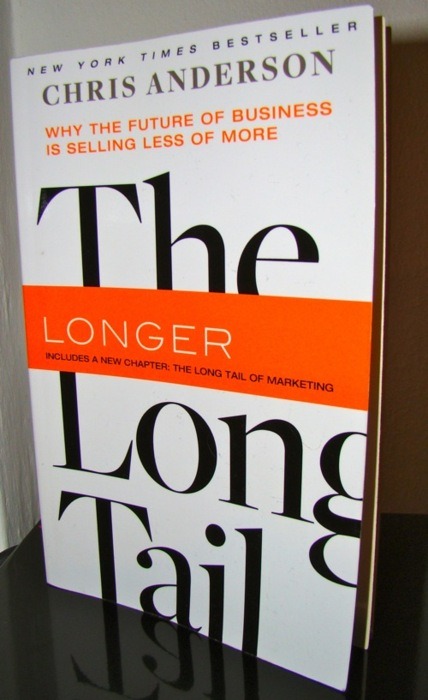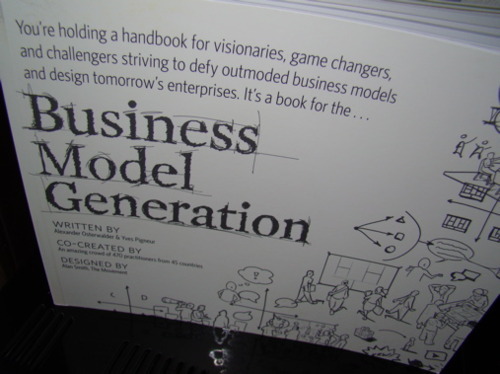
What is it about?
Chris Anderson writes about the transformation of businesses from mainstream hits to niche sales. He talks about the democratization of production and distribution.
What can I learn?
Distribution became cheaper: On average every second 46 songs are bought on iTunes. The buying behavior is shifting and so are the distribution channels. This lowered the entry barriers. Today, nearly everybody can open an online shop, even with little money.
Everybody can produce: Beside decreasing distribution costs, production costs decreased in most parts. Today you can record descent music with Garage Band or buy a the Flip for $200 and start recording HD videos. Or you can make a fortune with online games (e.g. Zynga) without millions in video game production costs.
From mainstream to side streams: Not everybody hears his individual music, reads his individual news or watches his individual movies. A lot of people still like the same things but it became more diverse. There are simply more niches.
Conclusion
The Long Tail was first published in 2005. Today, the book isn’t so exciting because it has become normal to buy niche products or to see Youtube stars emerge. However, I liked that he shows that this change in distribution leads to more efficient markets. At the first chapters I was a bit annoyed because he hyped his findings. Later though, he got more down-to-earth and agreed that we won’t only consume niche products rather that success will continue to arise but they won’t hit so hard. Nice book.


